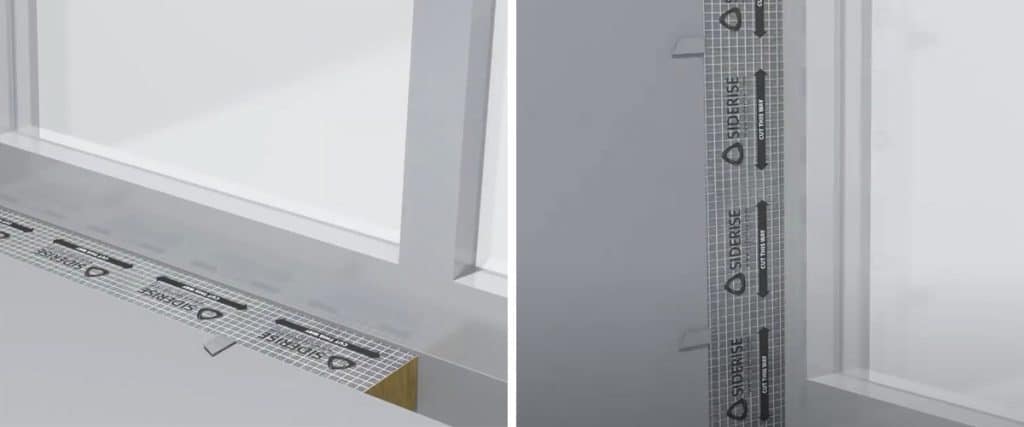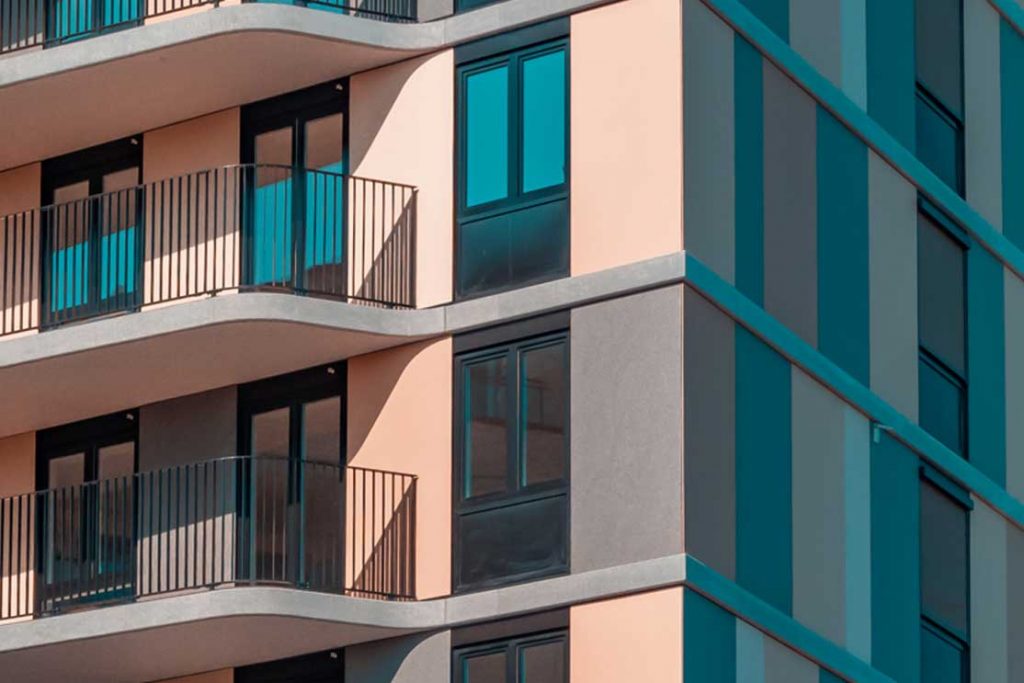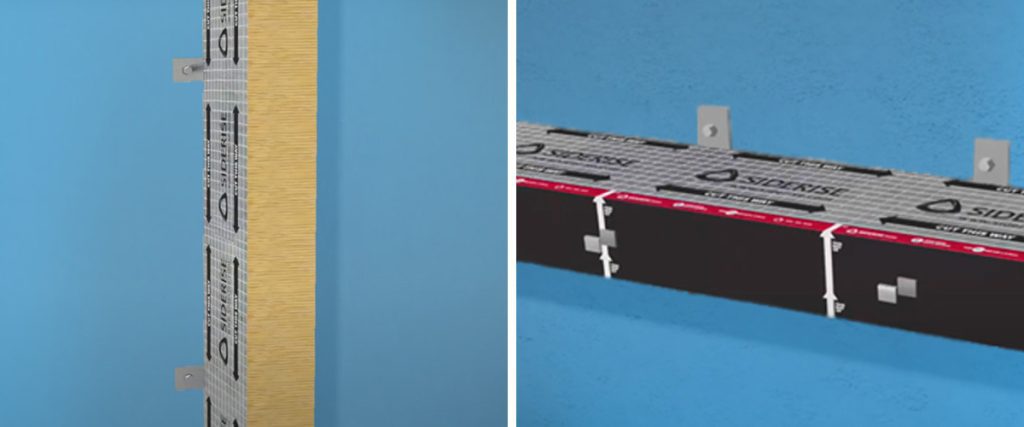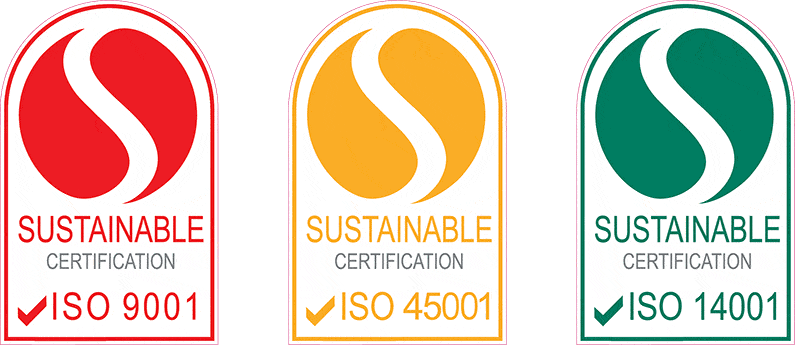Innovations in Curtain Wall Systems: Pushing the Boundaries of Design
The modern cityscape is a canvas adorned with towering structures, each with its unique architectural language. Curtain wall systems play a pivotal role in shaping this landscape, offering a blend of functionality and aesthetics. But the story of curtain walls doesn’t end there. Constant innovation is pushing the boundaries of design, making these systems more efficient, sustainable, and visually captivating.
What is a Curtain Wall System?
A curtain wall system is a non-structural exterior wall commonly used in high-rise buildings. It features a lightweight frame, typically made of aluminium, that supports a variety of infill materials such as glass, metal panels, or even precast concrete. Unlike traditional load-bearing walls, curtain walls transfer wind loads to the building’s main structure, offering architects greater design freedom.
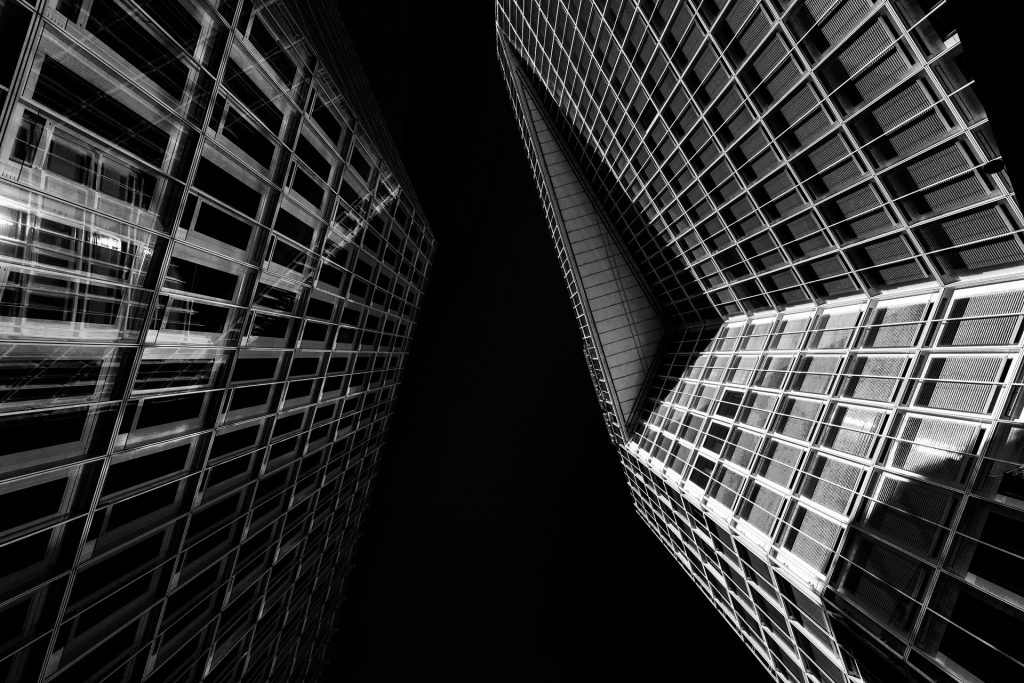
Select your Building Envelope or Facade Type
The Drive for Innovation
The evolution of curtain wall systems is fueled by several key factors:
- Aesthetics: Architects constantly seek new ways to create visually striking buildings. Innovative curtain wall systems offer possibilities for incorporating unique shapes, angles, and material combinations.
- Energy Efficiency: Sustainability is a top priority in modern architecture. Advancements in curtain wall technology focus on improving thermal insulation, reducing energy consumption for heating and cooling.
- Safety: Fire safety regulations and advancements in fire-resistant materials play a crucial role in curtain wall development, ensuring occupant safety in high-rise buildings.
- Performance: New materials and design techniques strive to enhance a curtain wall system’s resistance to wind, water infiltration, and seismic activity.
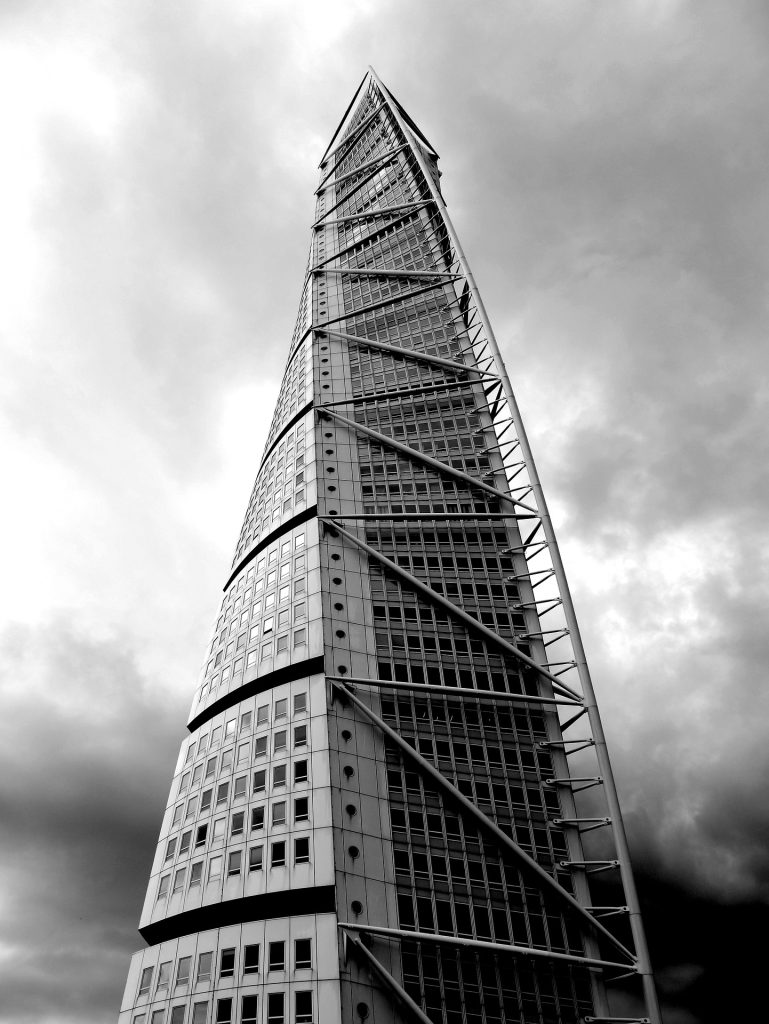
Exciting Innovations in Curtain Wall Systems
Let’s delve into some of the most exciting innovations shaping the future of curtain walls:
- Double and Triple-Skin Facades: These systems incorporate an air cavity between two or three layers of glazing, creating a buffer zone that improves thermal insulation and reduces energy consumption.
- Building-Integrated Photovoltaics (BIPV): This technology integrates solar panels directly into the curtain wall system, transforming the building facade into an energy-generating surface.
- Smart Glass Technology: Electrochromic and self-tinting glass are revolutionizing curtain walls. These glasses adjust their transparency dynamically in response to sunlight, optimizing natural light utilization and reducing glare.
- Nanotechnology Applications: Nanotechnology offers exciting possibilities for curtain wall systems. Imagine self-cleaning glass surfaces or materials with enhanced strength and durability.
- Parametric Design and 3D Printing: These technologies allow for the creation of curtain walls with complex geometries and customized design elements, pushing the boundaries of architectural expression.
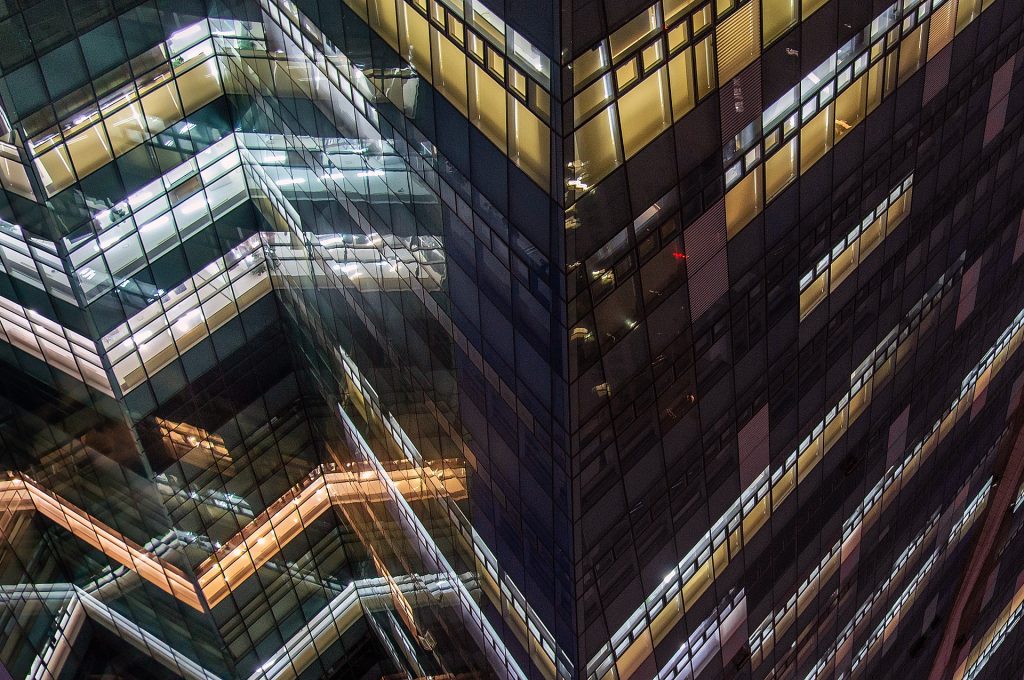
Benefits of Innovative Curtain Wall Systems
These advancements translate into several benefits for architects, building owners, and occupants:
- Enhanced Design Freedom: Architects gain access to a wider range of design possibilities, fostering the creation of visually stunning and innovative buildings.
- Improved Energy Efficiency: Innovative curtain walls contribute to energy savings, reducing building operating costs and promoting sustainability.
- Enhanced Occupant Comfort: Better thermal performance and natural light management create a more comfortable and healthy environment for building occupants.
- Increased Building Value: Innovative curtain walls can enhance a building’s aesthetics and functionality, potentially increasing its market value.
Challenges and Considerations
While exciting, advancements in curtain wall systems also come with challenges:
- Cost: Advanced materials and technologies can lead to higher upfront costs compared to traditional curtain wall systems.
- Complexity: Innovative designs may require specialized expertise for installation and maintenance.
- Fire Safety: New materials and systems require careful evaluation to ensure compliance with fire protection regulations in Australia (consult us for guidance on fire-rated curtain wall systems).
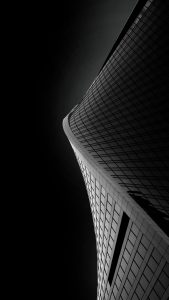
The Future of Curtain Wall Systems
The future of curtain wall systems is bright. Continued innovation promises even greater advances in aesthetics, energy efficiency, and performance. Sustainable materials, integrated technologies, and a focus on occupant well-being will continue to shape the evolution of this vital building component.
Embrace Innovation with the Right Partner
Contact us to discuss how we can help you leverage innovative curtain wall systems for your next project. Our team of experts can guide you through the selection process, ensuring you choose a system that meets your design vision, budget, and fire safety requirements (adhering to Australian regulations).
Curtain wall systems are no longer just functional building components. They are a canvas for architectural expression, offering endless possibilities for shaping the skylines of tomorrow. By embracing innovation and partnering with the right experts, you can unlock the full potential of these remarkable systems and create buildings that are not just beautiful but also sustainable and energy-efficient.



